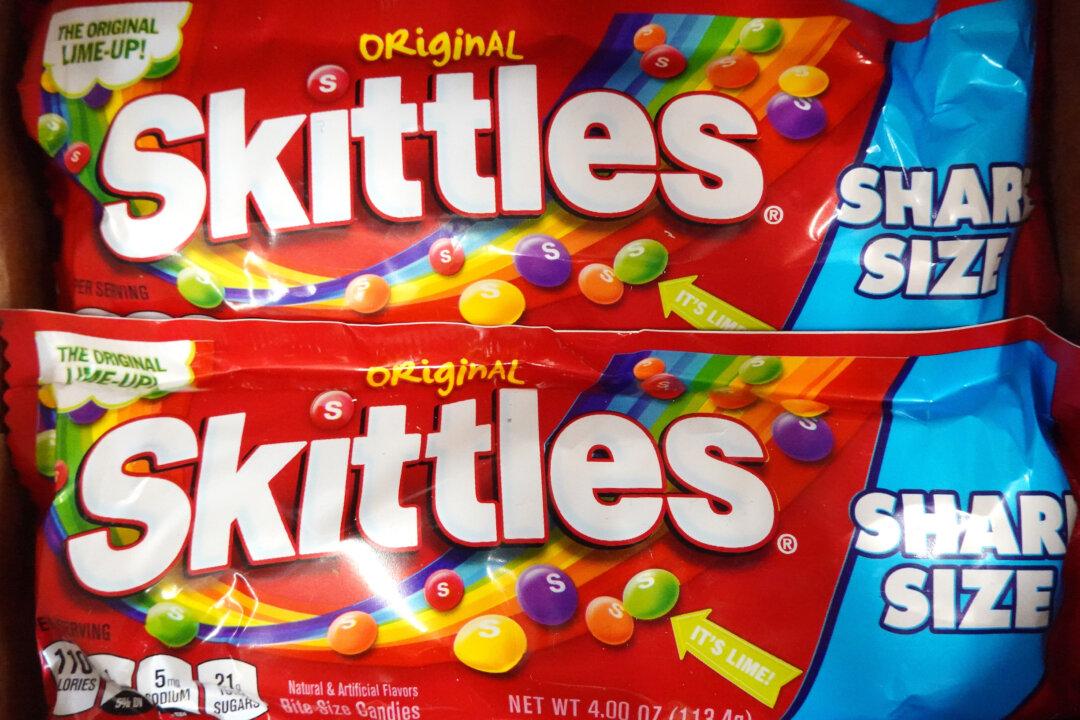Controlling blood pressure is a critical issue for many adults. Having levels that are higher or lower than normal can bring serious consequences. The blood pressure reading that comes to our mind should be 120/80. But, what does this mean?
Blood pressure refers to the strength of the blood in your veins when pumped by your heart, 120 mmHg refers to the strength recorded when the heart beats and 80 mmHg to the strength recorded when the heart relaxes before the next beat. A doctor should immediately check anything below or over those numbers.





